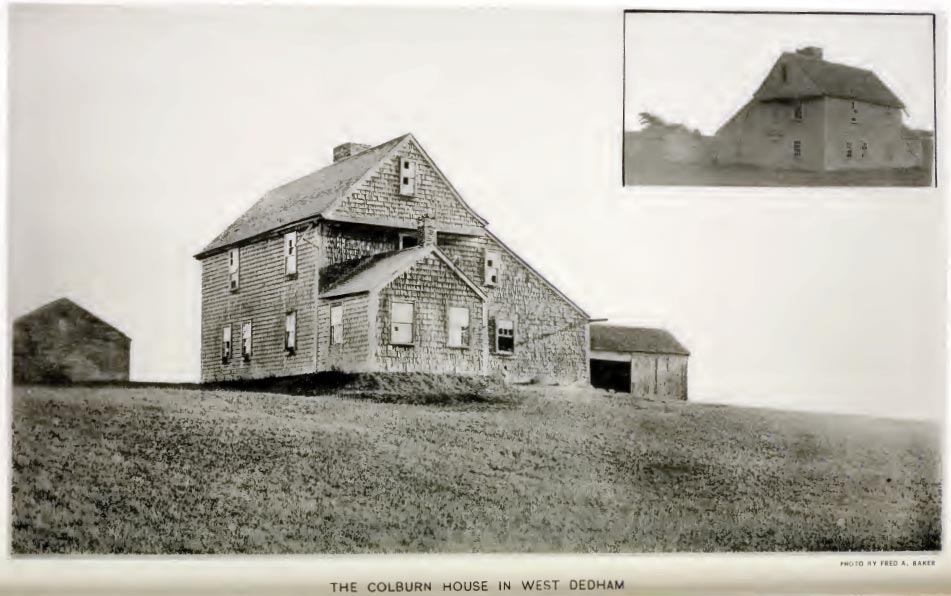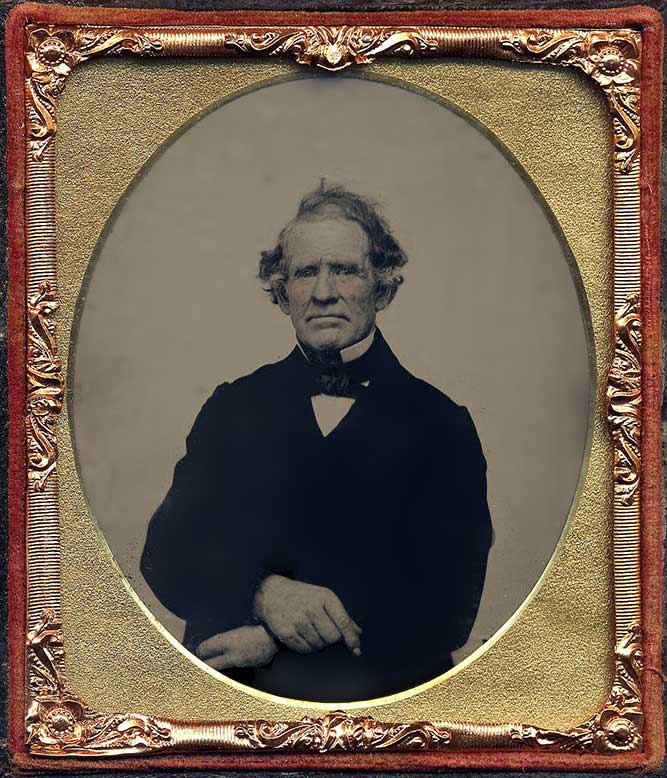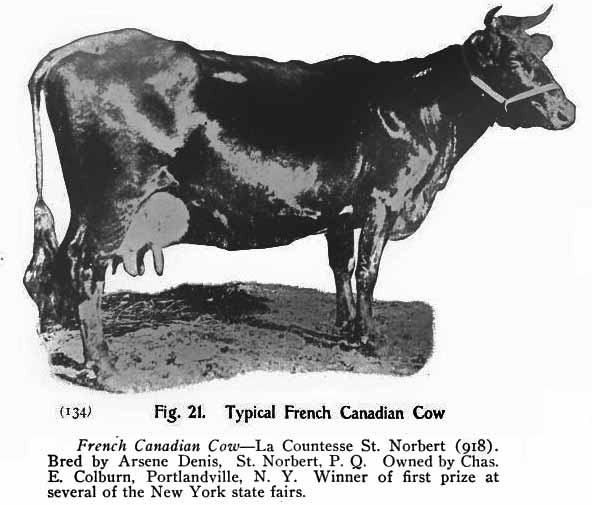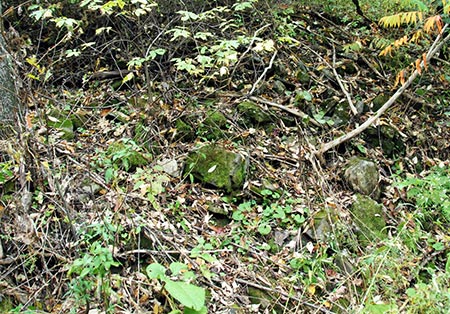Introduction
This history traces twelve generations of a family descended from Nathaniel Colburn, who joined the Puritan Great Migration from England to the Massachusetts Bay Colony in about 1637. It has been compiled by a member of generation XV, counting from earliest recorded mentions of the family in the 15th century.

Signature of Nathaniel Colburn on an 1676 legal document (Dedham Historical Society)
The history will:
- present what limited information is known about ancestors in England
- follow the well-documented life of emigrant Nathaniel in considerable detail
- tell what could be found about three more generations living in New England
- present in detail the story of one of six brothers who moved to upstate New York when it was still the frontier
- collect what little can be found in the historical record about the next two generations living in Otsego County, NY.
- tell the story of the generation that brought the family into the 20th century.
I am a descendant of Nathaniel through my mother, Charlotte Colburn Gasperini, daughter of Legrand and Mildred Colburn and grand-daughter of Charles E. and Charlotte Colburn of Otsego County. Please send all comments, kudos, and complaints to me at Jim Gasperini (replace "ATSIGN" with "@".)
The Colburn family, at least in our line, is distinguished more by stubborn persistence, personal longevity, and remarkable fertility than by any great accomplishments on the world stage. No great statesmen, military leaders, inventors, tycoons, Indian princesses, artists or assassins appear in this chronicle. Some generations come close to disappearing entirely from the historical record, making it a challenge to tease some sense of what happened to them from the meager available sources.

Heliotype circa 1890 of a farmhouse built in 1698 by Joseph Colburn in West Dedham, Massachusetts
This history is greatly indebted to the many historians and genealogists who, beginning in the 19th century, laboriously tracked down and transcribed old records and set down family information. The internet has vastly simplified the process of exploring family history. Sitting at my desk I have been able to consult:
- transcribed passenger lists of ships crossing the Atlantic in the seventeenth century
- United States census records, starting with the first one in 1790
- detailed histories of small New England towns written in the 19th century
- old maps and atlases
- genealogies (often conflicting) of Colburns and the families with whom they intermarried
- privately published histories of descendants of two emigrant Colburns
- articles and books by professional historians explaining the context in which Colburns of different periods lived
- Wikipedia entries about the places where the Colburns lived and people they were known to have encountered
- detailed records published by the Dedham Historical Society, the New England Genealogical Society and other institutions
- images from Wikipedia Commons, eBay and many other sources.

Ambrotype found for sale on eBay of great-great-great-great-grandfather Ellis Colburn (generaton IX)
Google Earth enabled me to zoom in to examine satellite views of places where Colburns lived long ago. As the member of my generation most interested, I have also accumulated family memorabilia including photographs, farm logbooks, and medals won at agricultural fairs.
For the most part I have focused on one male "line." This arbitrary choice follows our culture’s longtime system of giving children the surname of their fathers. The women with whom this chain of fathers shared their lives often appear, unfortunately, just as names. For centuries the activities of men were recorded in much greater detail than the activities of women. Chains of mothers and daughters are, of course, just as much a part of anyone’s ancestry as chains of fathers and sons. In an online genealogical database it is often possible to follow human relations in any direction you like. (Dozens of formats exist. The best I have found is at geni.com.) Among the source material is a list of forty-four other seventeenth-century emigrants whose descendants married into the Colburn clan.
I present here an illustrated, linear narrative of the major choices each generation made about where they lived, who they married, what they did for a living, and whatever odd facts I came across (such as the names of some of my great-grandfather's cows.)

La Countesse St. Norbert, the name Charles Colburn gave one of his prize-winning French Canadian cows.
My interest in researching family history was inspired by a visit to an unremarkable spot in the middle of a forest in Otsego County, New York. My guide was Eleanor Rider (1916-2005) of Edmeston NY, my mother’s cousin by marriage. Eleanor was an energetic family historian and genealogist. After exploring her own family history she turned to that of her husband, and prepared a detailed typescript genealogy.
In May of about 1983 Eleanor took me on a tour of 19th-century Colburn farms and gravesites. The tour culminated on a hill deep in Plainfield State Forest.
We stopped at a fork in the rough dirt road. It was May. Amidst the lush green of an upstate spring, she pointed out the bright pink of thumbnail-size old-fashioned climbing roses, growing in and around a rough rectangular rock-lined depression in the forest floor. A cellar hole - overgrown to the point that you can only see it if you know what to look for - is all that remains of the cabin my great-great-great-great-grandparents built in 1799 on their arrival at what was then the frontier.

Cellar hole of the cabin Ellis and Betsey Colburn built in 1799. Now in Plainfield State Forest, Otsego County, New York
Soon after Eleasnor married into the family in the 1950's, a very old Colburn relative took her to the site and told her that Betsey Colburn had brought the rose with her when she and Ellis moved west from New Hampshire. We cut a rose, took it down the hill to the Burlington Flats cemetery, and placed it on her grave.
Though 1799 seems like a long time ago, Ellis and Betsey's generaton is the middle generation of Colburn experience in America. By 1799 as many generations of Colburns had already lived in America as have lived here since, up to my time.